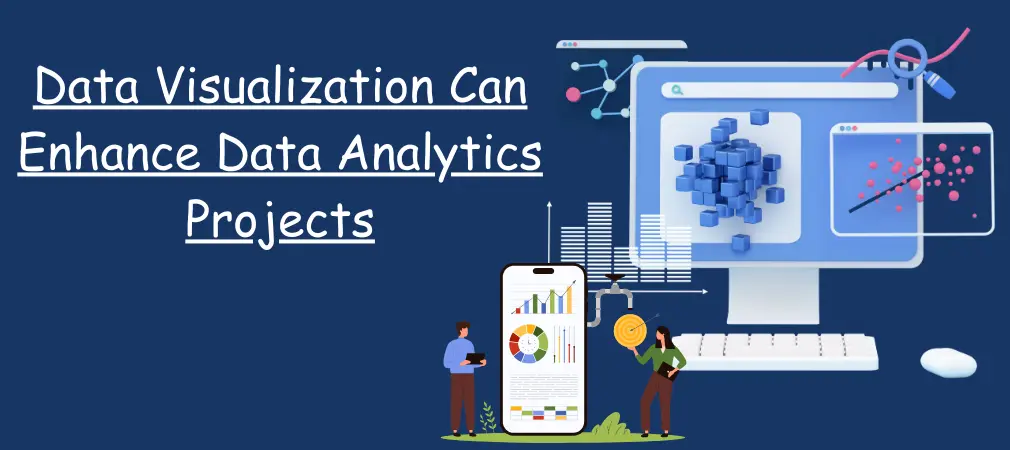Understanding Functions and Benefits of Apache Spark in Big Data Tools
Updated on 20th July, 2024
111k views

10 min Read
Introduction
share

Introduction to Big Data and Apache Spark
In the age of data-driven decision-making, big data has become a cornerstone for businesses and researchers alike. The term "big data" refers to the vast volumes of structured and unstructured data generated at high velocity from various sources. Traditional data processing tools often fall short when dealing with such massive datasets, leading to the advent of specialised big data tools like Apache Spark. Apache Spark has emerged as a leading solution in big data analytics due to its speed, ease of use, and versatile capabilities.
What is Apache Spark?
Apache Spark is an open-source, distributed computing system that provides an interface for programming entire clusters with implicit data parallelism and fault tolerance. Originally developed at the University of California, Berkeley's AMPLab, Spark has grown into one of the most popular big data tools, thanks to its ability to process large-scale data efficiently.
- Spark Core: The foundation of the Spark platform, Spark Core provides basic functionality like task scheduling, memory management, fault recovery, and interactions with storage systems. It supports a wide range of data sources, including HDFS, S3, and various databases.
- Spark SQL: A module for structured data processing, Spark SQL allows querying data via SQL and the Apache Hive variant of SQL called HQL. It provides a DataFrame API, which is easier to use and offers better performance optimizations.
- Spark Streaming: This component enables real-time data processing, allowing users to process live data streams. It is particularly useful for applications requiring real-time analytics, such as fraud detection and monitoring.
- GraphX: A component for graph processing, GraphX allows users to construct and transform graph-structured data. It provides an API for graph computation and various operators for graph manipulation.
Key Functions of Apache Spark
- In-Memory Processing: One of Spark’s standout features is its ability to perform in-memory computation, which significantly reduces the time spent on disk I/O operations. This is particularly advantageous for iterative algorithms in machine learning and data mining.
- Fault Tolerance: Spark is designed to handle failures gracefully. It uses a concept called Resilient Distributed Datasets (RDDs) to recover lost data in the event of a node failure, ensuring robustness and reliability in data processing.
- Lazy Evaluation: Spark employs a lazy evaluation strategy, meaning it does not execute tasks until absolutely necessary. This optimization technique helps reduce unnecessary data shuffling and improves overall performance.
- Unified Analytics Engine: Spark’s architecture allows it to integrate various data processing capabilities under a single unified framework. Users can combine batch processing, real-time processing, and interactive querying seamlessly.
- Advanced Analytics: With components like MLlib and GraphX, Spark provides comprehensive tools for advanced analytics. Users can perform complex machine learning tasks and graph computations, all within the same platform.
Key Functions of Apache Spark
- In-Memory Processing: One of Spark’s standout features is its ability to perform in-memory computation, which significantly reduces the time spent on disk I/O operations. This is particularly advantageous for iterative algorithms in machine learning and data mining.
- Fault Tolerance: Spark is designed to handle failures gracefully. It uses a concept called Resilient Distributed Datasets (RDDs) to recover lost data in the event of a node failure, ensuring robustness and reliability in data processing.
- Lazy Evaluation: Spark employs a lazy evaluation strategy, meaning it does not execute tasks until absolutely necessary. This optimization technique helps reduce unnecessary data shuffling and improves overall performance.
- Unified Analytics Engine: Spark’s architecture allows it to integrate various data processing capabilities under a single unified framework. Users can combine batch processing, real-time processing, and interactive querying seamlessly.
- Advanced Analytics: With components like MLlib and GraphX, Spark provides comprehensive tools for advanced analytics. Users can perform complex machine learning tasks and graph computations, all within the same platform.
Benefits of Using Apache Spark
- Speed: Apache Spark is renowned for its speed. By leveraging in-memory processing and optimised execution plans, Spark can outperform traditional MapReduce by up to 100 times for certain applications.
- Ease of Use: Spark offers high-level APIs in Java, Scala, Python, and R, making it accessible to a wide range of developers. Its interactive shells and notebooks, such as Jupyter, further enhance usability.
- Flexibility: Spark supports various data sources, including HDFS, Cassandra, HBase, and S3. It also integrates with other big data tools and frameworks like Hadoop, Kafka, and Flink, providing unparalleled flexibility.
- Scalability: Designed to scale effortlessly, Spark can handle small-scale datasets on a single machine as well as massive datasets across large clusters. This scalability ensures Spark remains effective regardless of data volume.
- Community and Ecosystem: Apache Spark boasts a vibrant community and a rich ecosystem. Continuous contributions from developers and organisations worldwide drive innovation and improvements, keeping Spark at the forefront of big data technologies.
Use Cases of Apache Spark
- Real-Time Analytics: Companies like Uber and Netflix use Spark for real-time analytics to enhance their services. Spark Streaming allows them to process and analyse live data streams, providing insights that help improve user experience and operational efficiency.
- Machine Learning: Organisations leverage Spark’s MLlib for developing and deploying machine learning models. From recommendation systems to predictive analytics, Spark facilitates advanced machine learning applications at scale.
- Data Integration: Spark’s ability to integrate with various data sources and platforms makes it ideal for ETL (Extract, Transform, Load) processes. It can consolidate data from different systems, ensuring a unified and consistent view for analysis.
- Interactive Data Analysis: Data scientists and analysts use Spark SQL and DataFrames for interactive data exploration and analysis. The ability to write queries in SQL and visualise results in real-time accelerates the data discovery process.
- Graph Processing: With GraphX, Spark is used for analysing and processing graph-structured data. Applications include social network analysis, fraud detection, and network optimization.
Challenges and Considerations
- Resource Management: Efficiently managing resources in a Spark cluster can be complex. Proper tuning and configuration are crucial to prevent resource bottlenecks and ensure optimal performance.
- Data Skew: Uneven data distribution can lead to performance issues, known as data skew. Identifying and addressing skewed data is essential for maintaining processing efficiency.
- Learning Curve: Although Spark is user-friendly, mastering its full potential requires a steep learning curve. Understanding the nuances of Spark’s architecture and APIs is vital for effective utilisation.
- Cost: Running large Spark clusters, especially in cloud environments, can be expensive. Organisations must balance performance benefits with cost considerations to achieve cost-effective solutio s.
Future of Apache Sparks
The future of Apache Spark looks promising as it continues to evolve and adapt to the changing landscape of big data analytics. Upcoming developments and improvements aim to enhance its performance, scalability, and ease of use. The integration of AI and machine learning capabilities, along with better support for diverse data sources, will further solidify Spark’s position as a leading big data tool.
Conclusion
Apache Spark has revolutionised big data processing with its speed, flexibility, and comprehensive analytics capabilities. Its core components and advanced features make it a versatile tool for a wide range of data processing needs. While there are challenges to consider, the benefits of using Spark far outweigh the drawbacks, making it an indispensable asset for organisations aiming to leverage big data for strategic advantage. As the big data landscape continues to evolve, Apache Spark is poised to remain at the forefront, driving innovation and enabling new possibilities in data analytics.
Bootcamps
Bestseller
Data Analyst Course
Start Date :Aug 09, 2025
Duration :4 Months
Bestseller
Data Science Course
Start Date :Aug 09, 2025
Duration :4 Months
Suggested Blogs
Top 10 Essential Machine Learning Algorithms for Beginners
Updated on 20th July, 2024

150K views

10 Min read
Model Mastery: Detecting Machine Learning's Algorithmic Artistry
Updated on 21th July, 2024

190k views

10 min Read
Charting the Course: Exploring Trends and Techniques in the Evolution of Data Analysis
Updated on 21th July, 2024

190k views

10 min Read
More Blogs
© 2025 LEJHRO. All Rights Reserved.





